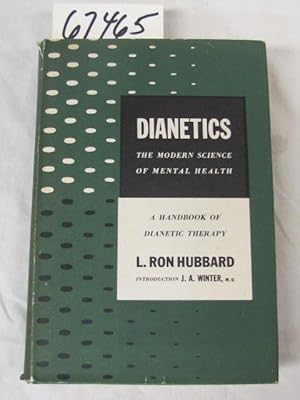Getting The Dianetics To Work
Getting The Dianetics To Work
Blog Article
About Dianetics
Table of ContentsDianetics for BeginnersThe 9-Second Trick For DianeticsAn Unbiased View of DianeticsSome Known Details About Dianetics
As a youngster, according to his aunts, Ron Hubbard was currently possessed of a fecund creativity, comprising video games and stories for the entertainment of the inevitably attentive grownups in his globe. From the start, he had a capability for dream which he was to carry with him throughout his life.Although he developed the large and intricate world of Scientology, in which his followers can lose themselves for several years, he did not intend to be related to his marks. By the very early thirties, Hubbard acquired a better half and two little kids (Dianetics). To the horror of his conventional moms and dads, he failed out of college and had no appropriate abilities with which to support his young household

Dianetics Fundamentals Explained
He was a phenomenally fast writer, and would certainly function all night to create story after tale, retiring at dawn to rest till early afternoon. Nonetheless, no matter how prolific his outcome, he might never ever seem to make enough money to support his profligate investing behaviors. By the mid-forties, his literary output was beginning to decline.
However he quickly understood the restrictions of his job, that he was not going to achieve power and money by composing penny-a-word pulp adventures. The means to generate income, he started to say to his close friends, is to start a religion. He once addressed a group of science fiction writers in New Jacket with words, "Creating for a cent a word is absurd.
Rumors stated he was servicing something new, a publication on psychology. In January of 1950, a strange advertisement appeared in Astounding Science Fiction, a pulp magazine edited by his buddy, John Campbell, promising: ... an article on the science of the mind, of human idea. It is an absolutely brand-new science, called Dianetics, and it does exactly what a science of idea must do.

What Does Dianetics Mean?
It is an expedition right into terra incognito, the human mind, that large and hitherto unknown world half an inch rear of our foreheads. You see here are beginning an experience. Treat it as an experience. And may you never ever be the very same once again. ( 3 ) Early in the book, Hubbard presented what he called the "clear." Dianetically, the optimal individual is called the "clear." One will certainly hear much of that word, both as a noun and a verb, in this volume, so it is well to invest time right here click over here now initially setup forth precisely what can be called a clear, the goal of Dianetic treatment.
These tests verify the clear to be entirely without such sickness or aberrations. ( 4 ) The state of Clear, Hubbard guaranteed, was a state of mind never ever previously achieved by guy. Upon accomplishing Clear, an individual would proceed from the state of Homo Sapiens to the new and innovative state of "Homo Novis." Dianetic therapy, called "bookkeeping" (to pay attention), ended up being an amalgam of Freudian analysis, in which a lying patient is motivated to remember past stressful experiences; abreactive therapy, in which previous occasions are reexperienced by the individual with their going along with feeling; General Semantics of Korzybski, in which a person discovers to differentiate between subconscious experiences; and the psychoanalytic concept of Nandor Fodor, in which the influence of prenatal experiences is checked out.
According to Hubbard, all the events of our lives are kept in the mind as "psychological picture pictures," or memories. By guiding the client, called the "preclear" in Dianetics (one who is not yet "Clear"), to recall and reexperience the traumatic memories on each chain, the potential of the "somatic" of that chain to "key-in" or come to be restimulated in the present can be eliminated.
The total file of all the memories of an individual returning in time is called the "time track (Dianetics)." Hubbard declared that when a person was examined to the point that all his subconscious, "responsive" memories were refiled in the "logical" memory banks, after that he would achieve the state of Clear and would certainly never once more experience the effects of his responsive mind
The Dianetics Diaries

By the end of the year, over 150,000 copies of the Dianetics publication had been sold. In a beautiful article in the New york city Times, a reviewer stated dramatically that "background has come to be a race between Dianetics and disaster," ( 5 ) echoing a concept frequently mentioned by Hubbard. By August, there were more than 100 students signed up for the one month original site Dianetic auditing program educated at the Structure by Hubbard.
Report this page